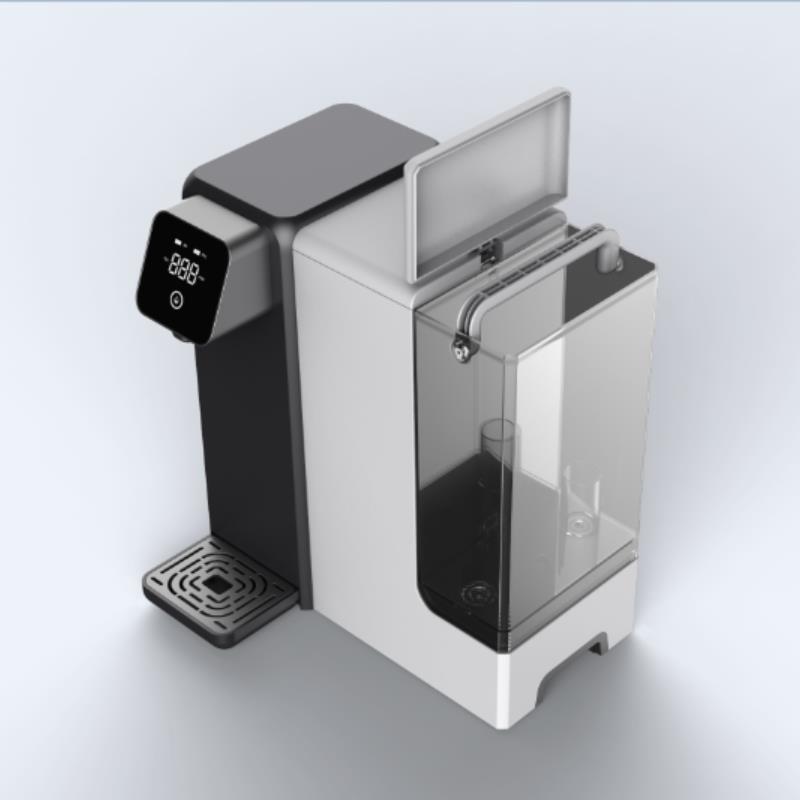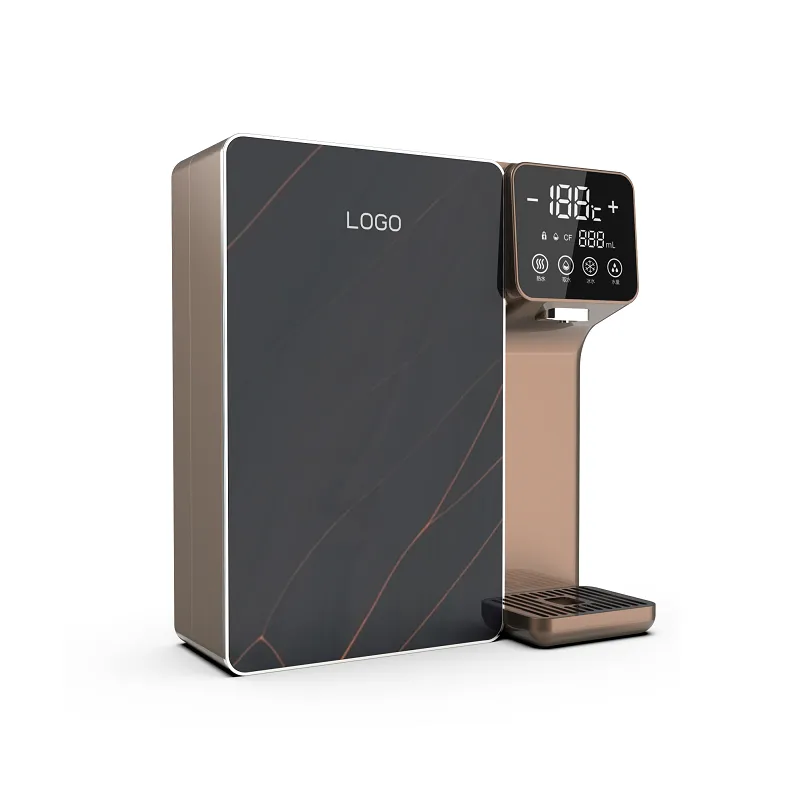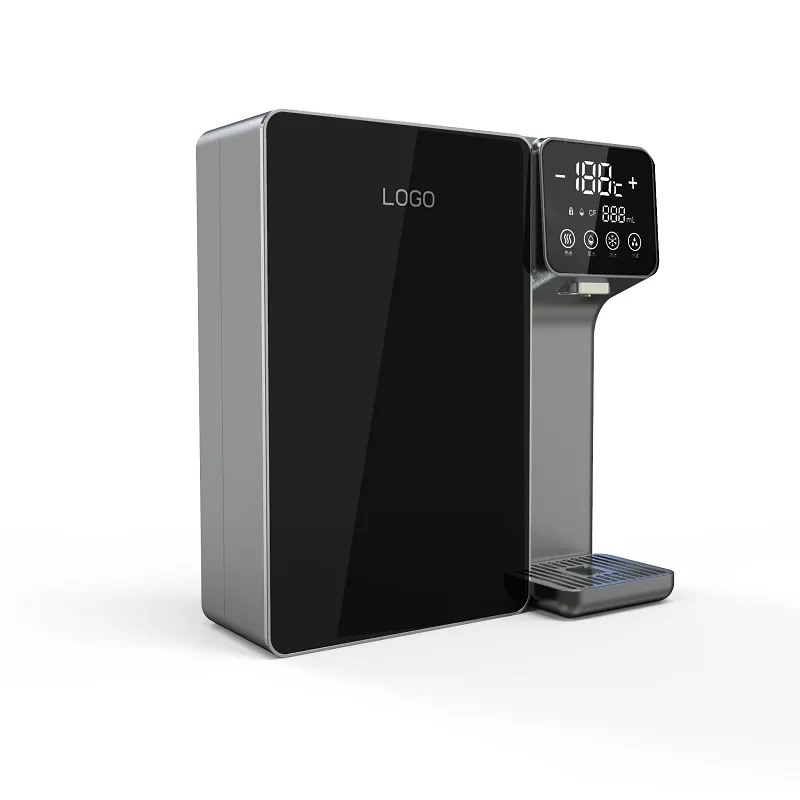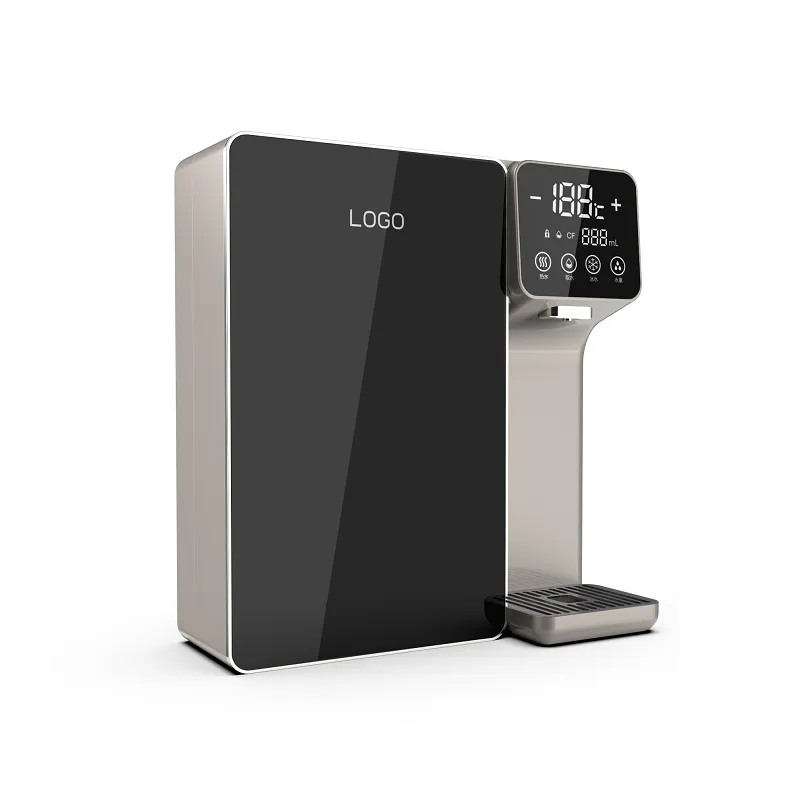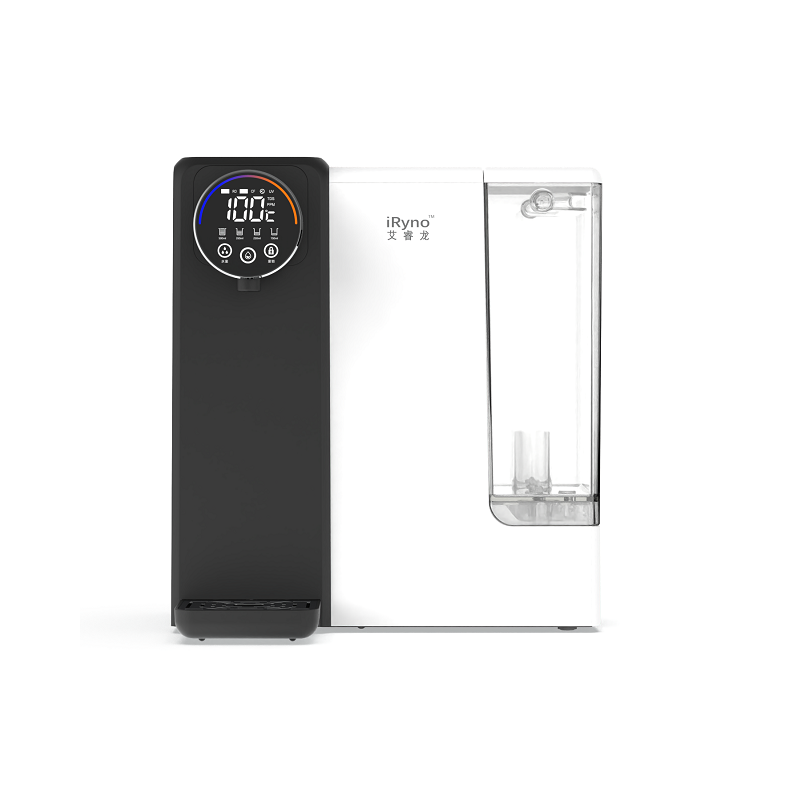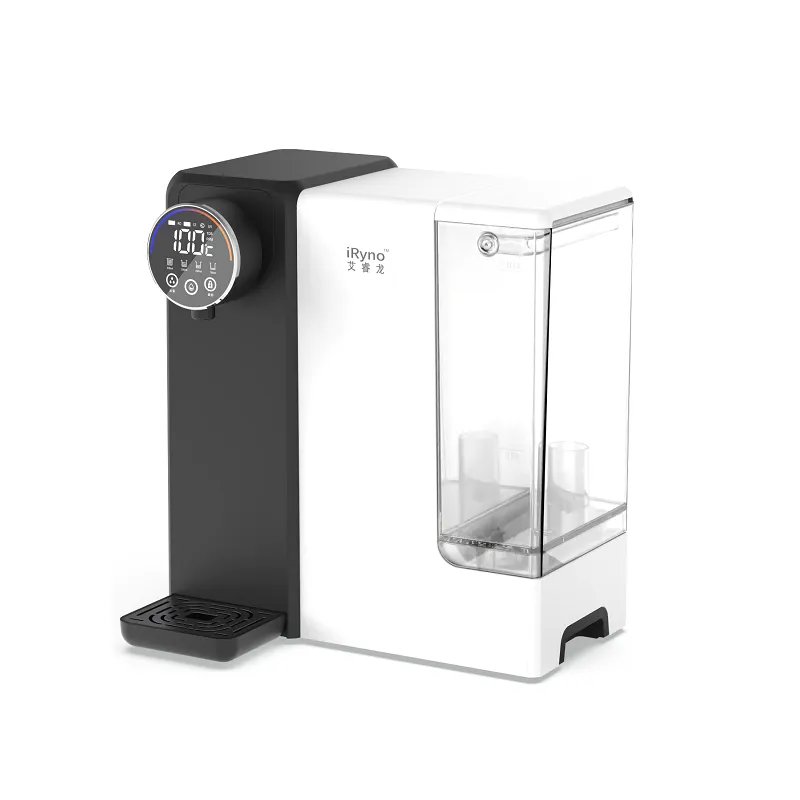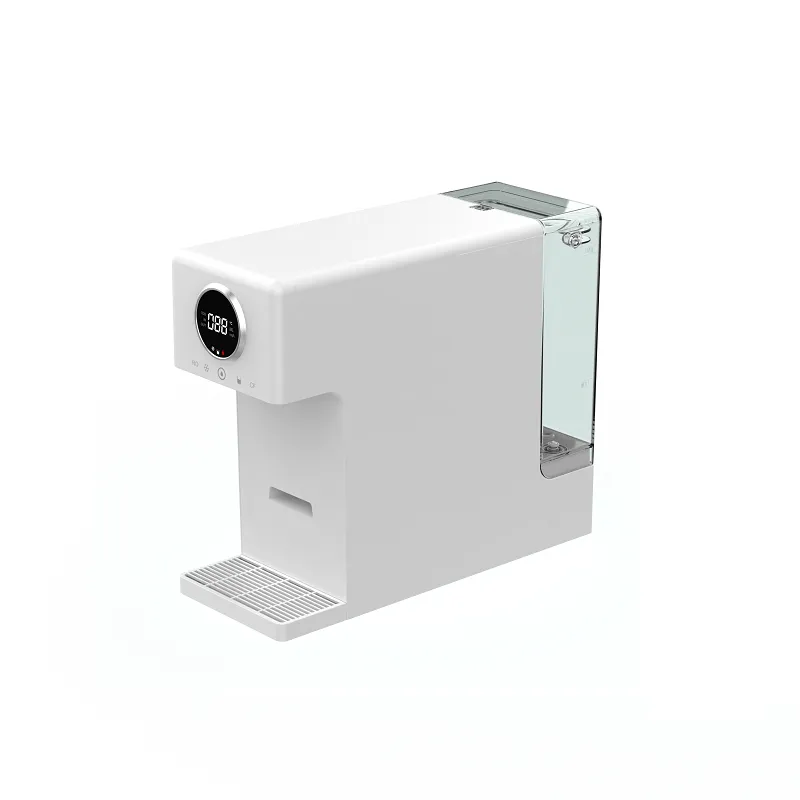Who needs a reverse osmosis water filter?
- People with a need to improve water quality
People who live in places where the tap water quality is not good. Common examples include some rural areas (fertilizer and pesticide contamination), some high-floor households (tank contamination), and visible impurities when you open the tap (pipe contamination).
These people for the tap water improvement needs more obvious, if the short-term tap water quality can not be improved, or should be the initiative in their own hands.
- Upgrading drinking water source
Many families do not boil tap water as their main source of drinking water anymore, they are used to purifying part of the water separately and use it exclusively for drinking, making tea and milk powder. For such families, “reverse osmosis water filter” can not only provide sufficiently safe water quality, but also provide a more convenient drinking experience.
Can children drink reverse osmosis purified water for a long time?
For areas with high iodine in water sources, iodine in tap water is an important source of obtaining the element iodine. And after going through a reverse osmosis water filter, the iodine is virtually gone. From this point of view, reverse osmosis water purification is not recommended as the only choice of daily drinking water for children in areas with high iodine from water sources.
Reverse osmosis water purification is also not necessary for situations where a large amount of water is used, such as daily cooking, soups, and snacks, which is not only a waste of water (reverse osmosis water purifiers produce a certain amount of wastewater), but is also unnecessary.
The main source of minerals for children is food, not water, and the mineral content of water is much less than that of food. Remember the point made by Mrs. Vegetable, it’s more important to have easy access to water than to what kind of water you drink.
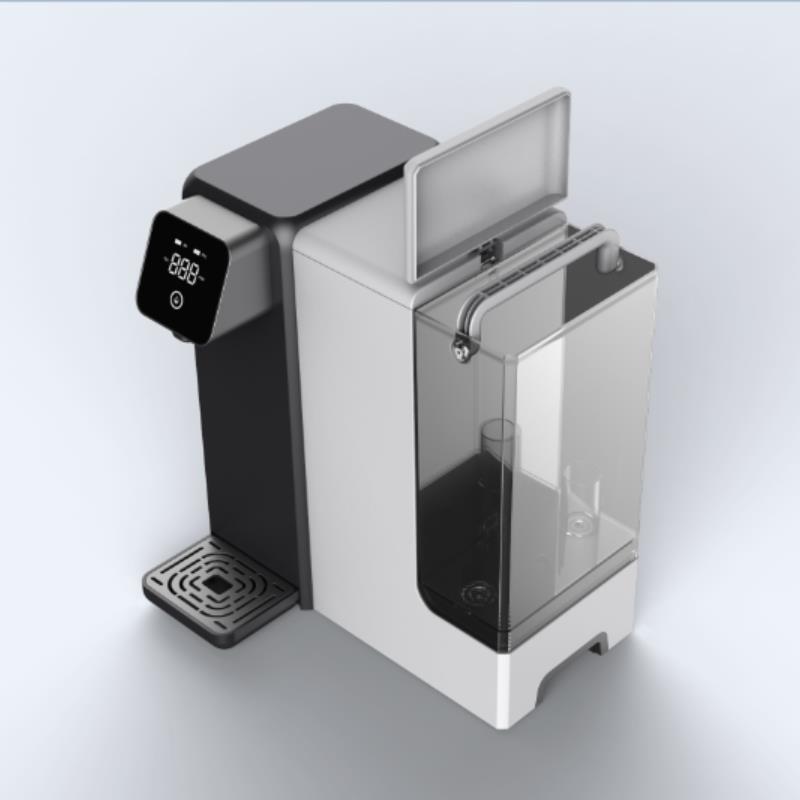
How to choose a reverse osmosis water filter?
There are many brands that sell reverse osmosis water filters on the market, and the price of the product ranges from a few thousand to several thousand dollars. Although they are all reverse osmosis water filters, the results are certainly not the same. When considering a water purifier, here are some key points that you should know and should be a priority.
- Filter element composition
Composite cartridge: solid impurities, residual chlorine, disinfection by-products, some organic matter, odor, etc.
RO reverse osmosis cartridge: heavy metal ions, bacteria, viruses, agricultural residues and so on.
Activated carbon cartridge: improve taste.
RO reverse osmosis cartridge is of course the key, but in order to make RO reverse osmosis cartridge is not directly facing the tap water, basically in front of the RO reverse osmosis cartridge plus a composite cartridge.
The role of the composite cartridge is to tap water in the solid impurities (rust, sediment, etc.), residual chlorine, disinfection by-products, some organic matter, odor and other substances filtered first. Equivalent to the RO reverse osmosis filter element to reduce the combat pressure, the big “enemy” first to block off some.
Then after the RO reverse osmosis cartridge water, will be completely transformed, water residual heavy metal ions, bacteria, viruses, agricultural residues and other invisible pollutants will be here to sink. Exquisite combination, will also be behind the RO reverse osmosis cartridge, plus an activated carbon cartridge, its role is mainly to improve the taste of water, so that the water tastes slightly sweet.
So a set of reverse osmosis water filter cartridge combination is basically this: composite cartridge – RO reverse osmosis cartridge – activated carbon cartridge.
- Cost of use
The cost of using a reverse osmosis water purifier is divided into: water cost and cartridge cost.
“Water efficiency”: ≥60% recommended
Reverse osmosis water purifier in the purification to get clean water at the same time, will produce a certain amount of “wastewater”, clean water and wastewater ratio, is the reverse osmosis water purifier “water efficiency”.
There are many water purifiers on the market that only have a 1:1 water efficiency, producing 1L of wastewater while getting 1L of purified water, with a 50% water purification rate.
According to the national standard “GB34914-2017 reverse osmosis water purifier water efficiency limit value and water efficiency level”, water purification water yield ≥ 60% is a water efficiency. Reverse osmosis water purifier is, after all, long-term use of equipment, choose a water efficiency products is economic, environmental protection choice.
- Flow rate of water
Omgekeerde osmose waterfilters will have a smaller flow rate out of the water than straight from the tap due to the characteristics of the RO cartridge. But at the very least, it should keep you from waiting too long when you need to use it Image
For example, this Garnett hot and cold water dispenser we have at home has a flow rate of 1.2L/min for cold water, which is basically 8 seconds to fill up a half cup of 150ml or so for the kids. Usually pouring water or whatever, basically does not affect the use, completely satisfied with daily use.
- Heating mode
“Instantaneous” is to use as much hot water as possible, and the hot water needs to be heated instantly with high power. However, due to the limited heating capacity of instantaneous heating, the amount of hot water produced is very small.
Verwante producten

